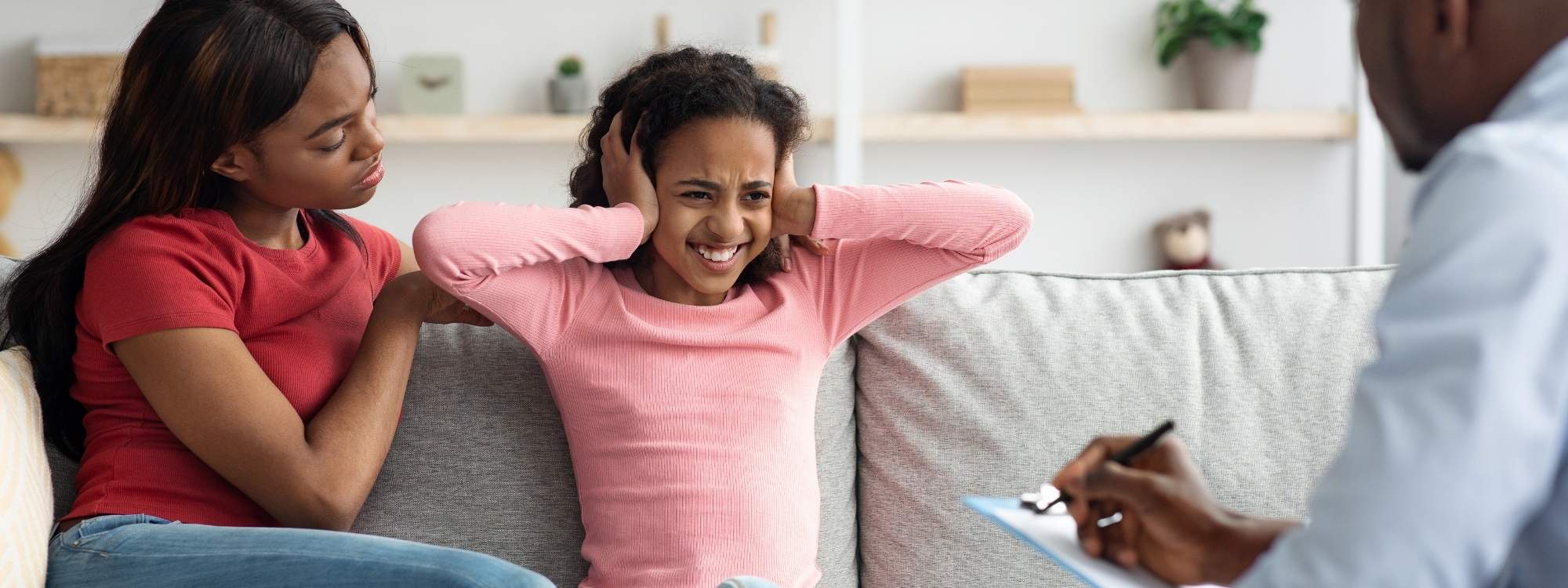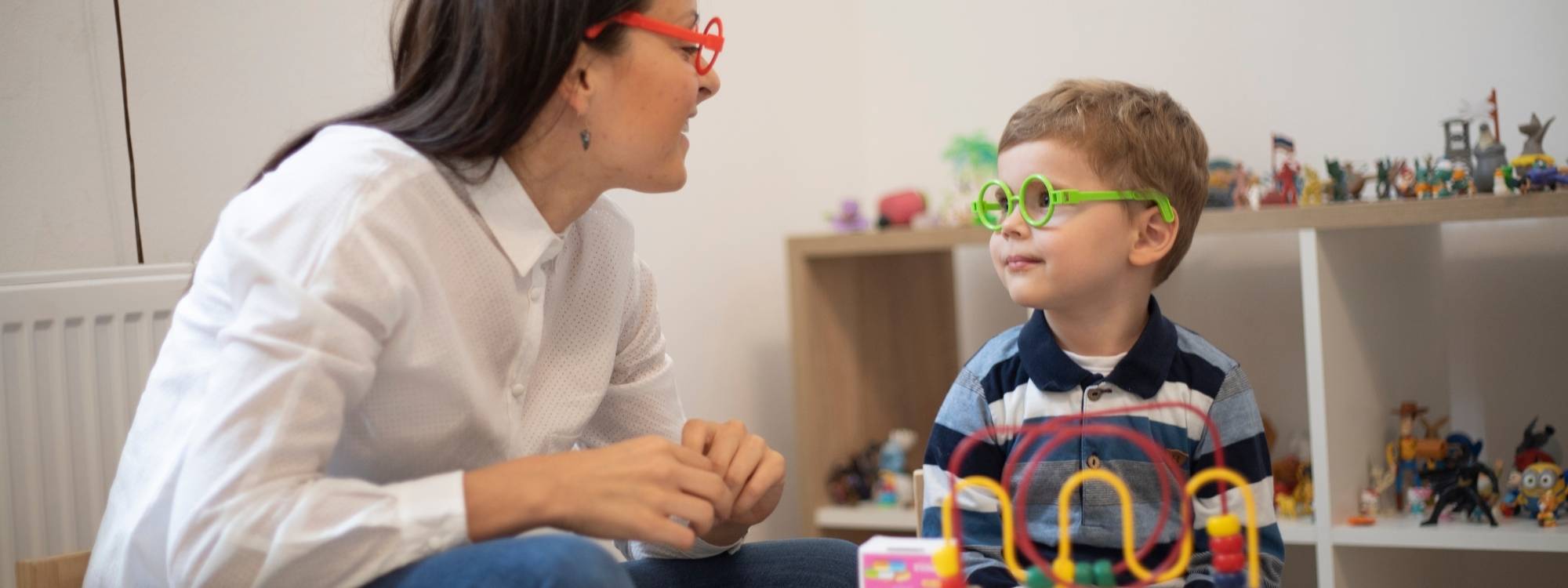In-home ABA therapy sessions provide children with autism spectrum disorder personalized support in a familiar environment, where they feel most comfortable and ready to learn. Instead of traveling to a center, families can receive therapy right at home, allowing skills like communication, social interaction, and daily living skills to be practiced within family routines. This approach not only builds independence but also reduces stress by turning everyday family routines into learning opportunities.
At Champions ABA, our ABA therapy focuses on designing every child’s treatment plan around their strengths, challenges, and goals. Guided by Board Certified Behavior Analysts (BCBAs) and delivered by Registered Behavior Technicians (RBTs), our in-home ABA services help children develop positive behaviors, reduce challenging behaviors, and gain independence within their own environment. Families in Connecticut, Massachusetts, and Colorado count on our ABA services to support skill development, emotional regulation, and long-term success.
What Are In Home ABA Therapy Sessions?
In-home ABA therapy sessions use applied behavior analysis techniques for autism treatment, helping children learn new skills, build independence, and reduce behavioral challenges. Delivered in the child’s home setting, therapy incorporates natural interactions with other family members and focuses on making learning part of daily routines.
Key areas include:
- Daily living skills: dressing, grooming, eating, and household chores.
- Communication skills: using words, gestures, or assistive devices.
- Social skills development: sharing, turn-taking, and peer interactions.
- Behavior reduction: minimizing problem behaviors while promoting positive reinforcement.
By providing therapy in a familiar setting, families can see the benefits of in-home therapy, as children generalize skills more effectively and gain tools to support growth outside of sessions.
What Happens During a Typical ABA Session?
Each ABA session is structured but flexible, blending strategies from a child’s treatment plan with opportunities that occur naturally in the home environment. Sessions may look like:
- Rapport building: starting with play or preferred activities.
- Skill development: structured teaching such as discrete trial training (DTT) or natural environment teaching (NET).
- Positive reinforcement: rewards like praise, toys, or playtime to encourage skill acquisition.
- Daily routine practice: brushing teeth, preparing snacks, or tidying toys.
- Social interaction: involving siblings or parents in activities.
- Data collection: tracking progress to guide behavior analysis.
- Parent feedback: reviewing what was learned and how to reinforce outside therapy.
This balance of structured methods and natural learning ensures skills learned in therapy sessions transfer into everyday life.
How Long Do In-Home ABA Therapy Sessions Last?
In-home sessions usually last 2 to 4 hours, depending on the child’s goals and needs. Younger children may benefit from shorter sessions, while more intensive schedules are often recommended for early intervention.
Factors that determine therapy hours include:
- The child’s initial assessment results.
- Goals are identified in the personalized treatment plan.
- Recommendations from a supervising BCBA.
- Insurance coverage and funding through many insurance plans.
Families can expect consistent scheduling, with trusted therapists working regularly with their child to build skills step by step.
Parent and Caregiver Roles During Sessions
Parents and caregivers are essential partners in ABA, helping to cover ABA services provided to their children. They don’t just watch, they actively implement ABA strategies and reinforce skills beyond therapy. Their involvement helps children generalize learning across different environments.
During sessions, parents may:
- Observe techniques like prompting and fading.
- Practice ABA therapy techniques under the therapist’s guidance.
- Reinforce positive behaviors in daily routines.
- Discuss progress, challenges, and family goals.
Champions ABA emphasizes parent training so families feel equipped to work with an aba therapist and continue supporting their child’s skill development at home and in the community.
ABA Techniques Used in Home Sessions
Therapists use multiple ABA strategies to target behavioral challenges and support learning. Some common methods include:
- Discrete Trial Training (DTT): step-by-step teaching using repetition.
- Natural Environment Teaching (NET): practicing skills during real-life activities, like counting utensils at mealtime.
- Positive reinforcement: encouraging positive behaviors through meaningful rewards.
- Prompting and fading: giving cues until the child can complete tasks independently.
- Behavior reduction strategies: addressing problem behaviors and replacing them with constructive alternatives.
These techniques, reinforced through data collection and BCBA oversight, ensure progress is measurable and effective.
Challenges During In-Home Sessions (and Solutions)
Therapy in a home environment can bring distractions and challenges, but with proper planning, these become learning opportunities.
Common challenges include:
- Child resistance or challenging behaviors like tantrums.
- Too many distractions (TV, toys, or siblings).
- Losing interest in reinforcers.
Solutions include setting up a designated therapy area, rotating reinforcers, and adjusting the treatment plan. With board-certified behavior analysts monitoring progress, interventions remain consistent and effective.
How Sessions Evolve Over Time
As children progress, their ABA sessions evolve to match their growth and address their child’s behaviors. Early sessions may focus on structured skill acquisition, while later stages emphasize independence and generalization to community settings.
- Start: Highly structured tasks with positive reinforcement.
- Progress: Blending structured work with natural environment teaching.
- Later: Parents play a larger role, helping maintain skills during daily activities.
This progression ensures therapy adapts to the child’s unique strengths and long-term goals.
In-Home vs. Center-Based ABA Sessions
Both in-home and center-based therapy are effective treatment options, depending on family goals and the child’s needs. The right choice depends on family goals and the child’s needs.
| Feature | In-Home Sessions | Center-Based Sessions |
|---|---|---|
| Familiar environment | ✔ | — |
| Peer interaction | Limited | ✔ |
| Structure | Moderate | ✔ |
| Family involvement | High | Medium |
| Generalization | Strong | Moderate |
Many families in CT, MA, and CO choose a hybrid model, combining in-home ABA services with center-based ABA therapy to cover both environments.
Getting Started with Champions ABA
The process of beginning home ABA therapy is straightforward with Champions ABA:
- Comprehensive assessment and autism diagnosis confirmation.
- Creation of a personalized treatment plan tailored to your child.
- Matching with a trained therapist who fits your child’s needs.
- Ongoing data collection, progress monitoring, and parent coaching.
Conclusion
In-home ABA therapy sessions are a powerful way to support children with autism in their own environment, showcasing the key benefits of turning family life into opportunities for growth. By focusing on communication skills, social skills development, life skills, and behavior reduction, therapy equips children and families with practical tools for success.
At Champions ABA, we provide in-home ABA therapy sessions that bring learning and progress directly into your child’s familiar environment. With individualized treatment plans, parent training, and the guidance of our board-certified behavior analysts, families in Connecticut, Massachusetts, and Colorado gain the tools to help their children build confidence, independence, and essential life skills. Contact Champions ABA today to start ABA therapy by scheduling a diagnostic evaluation and taking the first step toward personalized in-home support for your child.
FAQs
Can we do ABA therapy at home?
Yes. Home ABA therapy allows children to practice skills in a familiar setting with family involvement, making progress easier to apply across daily life.
How long are in-home ABA sessions?
Most sessions last 2–4 hours, depending on the child’s treatment plan, age, and insurance coverage. Sessions are adjusted as children progress.
What do parents do during in-home ABA?
Parents support ABA therapy by reinforcing positive behaviors, practicing strategies, and helping therapists apply skills in daily routines. Parent training is provided.
What are the red flags for ABA?
Red flags include one-size-fits-all programs, lack of comprehensive assessment, or failure to involve parents. A quality program should offer individualized treatment and BCBA oversight.



